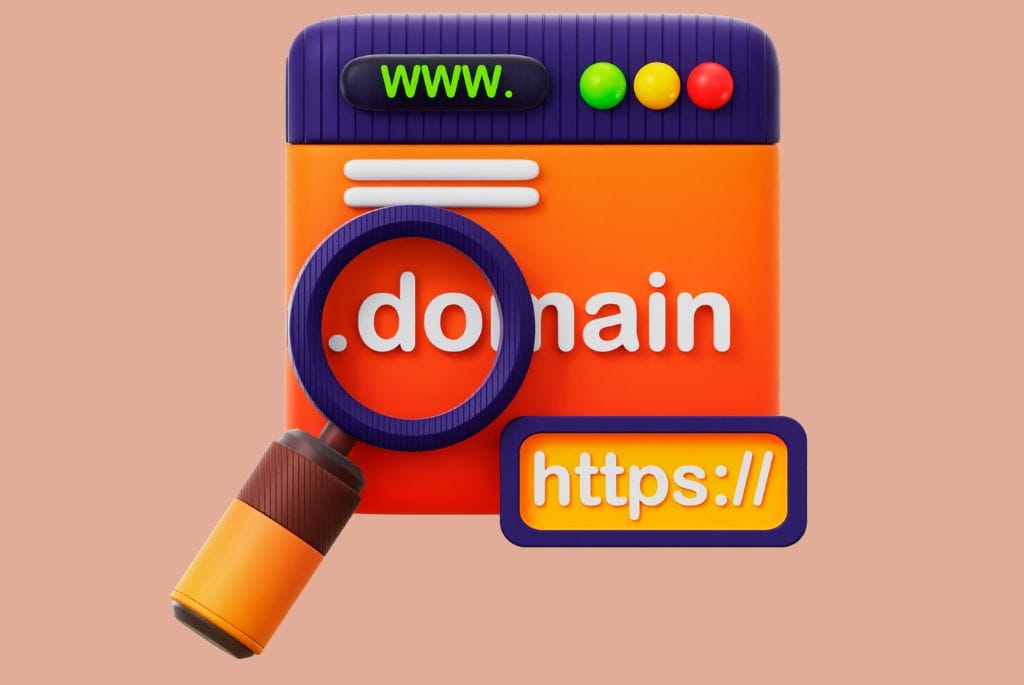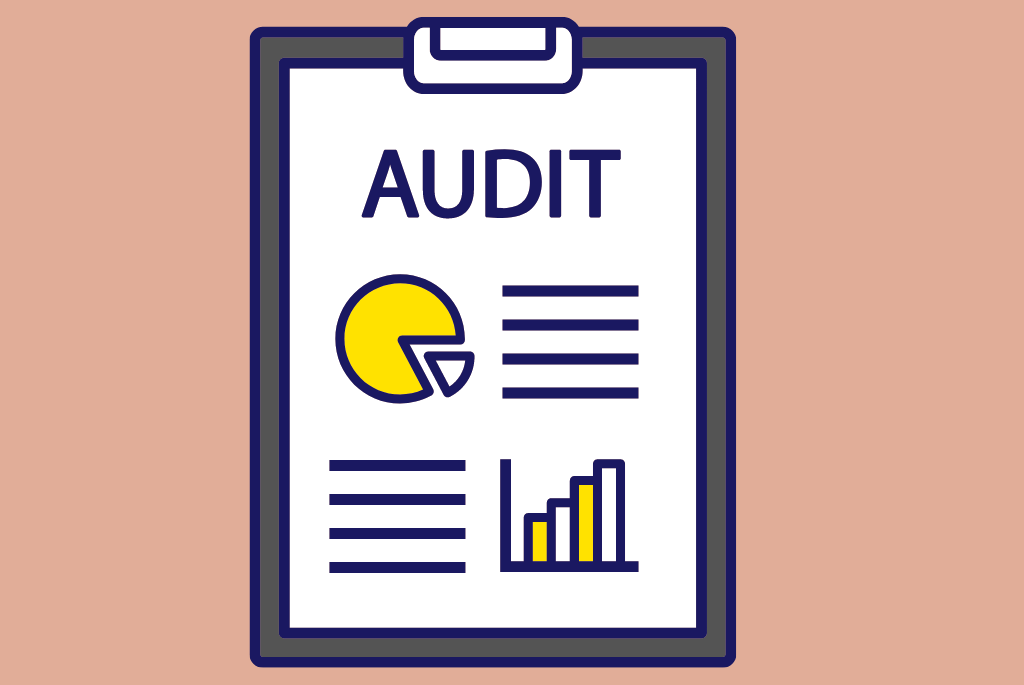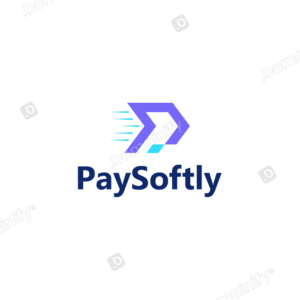Exact match domains are domain names that contain the keyword for which the website wants to rank. They are also refer to as ‘Keyword Domains’.
A long-held assumption is that if you have relevant content on a site that matches the keywords in the URL, you will rank higher for that keyword. At first glance, having an exact match domain offers many benefits. A major one is that users will know what they are in for when they click the link.
For instance, if you conduct keyword research for “Florida injury lawyer,” you could have a greater chance of ranking if your domain is FloridaInjuryLawyer.com. Also for seogoogle.com, if you want to rank for the keyword ‘SEO Google.’ Or virtualpowertools.com, if you are trying to optimize for the keyword virtual power tools.’ As seen by the above examples, an EMD may comprise a combination of keywords and individual keywords.
The .com variations of keyword domains are often regarded as the best. But other exact match domain names with domain extensions are available.

Exact match domain names used to be a highly efficient ranking technique for a specific keyword. However, there has been a decrease in this technique in the last five to ten years, and Search Engine Journal devalued EMDs in 2012. This is because of their decreased SEO efficacy.
The exit of EMDs ushered in the rise in popularity of long-tail Partial March Domains.
What Are Long-Tail Partial Match Domains?
Keywords can be added to a brand name to enhance its relevance to search engines and people, transforming a brand domain into a partial match domain (PMD). Partial match domains occur when domain names contain only a portion of the key term you are attempting to rank for.
Most SEO specialists use this technique to get an edge in search engine ranking. In addition, business owners whose company name relates to their services or work location still use it.
Long-tail partial match domains would have key terms such as “health,” “loan,” “food,” “insurance,” or “casino” in the domain names. Also, it comprises the phrases such as “hub,” “network,” or “quick” to the start or end of the domain names. Casinohub.com, everydayinsurance.com, and quickmoney.com are perfect examples.
For instance, if you want to rank for “buy vintage clothing,” a partial match URL may be vintageclothesclub.com or vintageclothessite.com. It contains some phrases you want to rank but aren’t an exact match. This differs from keyword domains, which specify the precise terms you wish to rank for in your domain names, such as carinsurance.com, plumbing.com, or bestcasinos.com.
Using EMDs Or Long-Tail PMDs For Your Business
If your company’s name matches a regularly used term, you may use an EMD or PMD without realizing it. Also, you may choose to use long-tail keyword domains or PMDs as the URL of your website, even if it is not your company’s name. While the latter is less typical, it occurs.
Exact Match Domains can still do well on Search Engine Ranking Pages (SERPs). Where there is intense competition for a ranking and several sites battle for attention, it will give you a competitive advantage.
In summary, you have a distinct edge if you have an excellent website and an EMD. This implies you can improve your Google search results!
Pros and Cons Of Exact Match Domains
If you are considering purchasing an EMD, examine the benefits and disadvantages. Here’s a quick summary of them:
Pros Of EMDs
The benefits of EMDs are;
It’s excellent for a startup to capture some relevant long-tail traffic.
It is now easier to obtain targeted anchor text.
Key phrases make it easier to gain social mentions.
Can dominate a single niche (e.g ‘category killer’)
Great for targeting variants in the long tail key phrase set
Brand mentions and keyword mentions merge into one.
They are effective for general commercial intent search queries.
They are effective in local search results.
A fantastic technique to gain “bootstrapper” traction for a business.
An ideal strategy with a well-designed microsite, this may be a successful method for targeting a specific niche.
If you don’t use your domain names for spam tactics, you will reap several benefits, such as higher rankings, increased organic traffic, and more.
There is no assurance that your website will rank if it contains poor content. If you have an exact match domain, post high-quality, relevant content.
Another significant advantage is that if you have an EMD comparable to a well-known brand, you may sell your domain at a high price. Conversely, you must create meaningful content, attract organic traffic, and profit from it.
Cons Of EMDs
Not everything about Exact Match Domains is pleasant; there are a few drawbacks to be aware of:
An EMD is more expensive than a more generic domain name. You could get lucky and find a decent two or three-word name for your site. Though, most of them are already in use. So, you need to buy it privately from the owner.
It can cause confusion between your brand and the keyword.
They focus on the most important keywords for your product or service. Thus, many of them would not work for your site.
Social media comments can often confuse: are they talking about your website or a keyword?
More chances of over-optimization
Lastly, it restricts the reach of your site to that area and may hinder future brand extension. Those looking for blue widgets will not click on a red widget URL.
This is perhaps the most significant restriction of choosing an exact match domain name. It is not suitable for doorway sites or broad-reaching blogs. However, it is ideal for a specific niche. If you have a collection of mini-sites, each with its own domain name, an EMD for each would be great.
There is no penalty for having an exact match domain name! There is also no Google duplicate content penalty! Google diminishes the impact of EMDs in the same way that it reduces the effects of multiple publishing of the exact content.
Why You Should Consider Using Long-Tail Domains: 9 Lessons From My Experience
Dumping Exact Match Domains for Long-Tail Partial Match Domains allows us to put a dent in some of the age-long myths on the use of EMDs. Here are nine lessons learned from the experience:
Exact Match Domains Are Becoming Less Relevant To Search Engines
Exact match domains used to provide a significant SEO benefit. Though, this advantage is no longer available. Since Google’s Exact Match Domain algorithm upgrade in 2012, which was aimed explicitly at manipulative uses of exact match domains, most of the benefits they provided have vanished.
Having said that, exact match domains can still provide certain benefits, the most important of which is a meaningful URL. Because your URL displays on your search results, the domain names that include your website’s key topic may have more hits because searchers can see your website is about a particular issue.
Partial Match/Long Tail Domains Make It Easier To Rank In Local Areas
Long tail is a simple concept: use longer keyword phrases to get into vast quantities of search traffic. Long tail keywords, like traditional (one or two word) short tail keywords, specify what is on the web page.
In addition, it makes it easier to rank in local areas and on SERPs.
The Right Partial Match Domains Can Add Value To Your Traffic
Partial match domains are more similar to the search queries that users enter on Google. They are accurate yet unpopular, so fewer people look for them than their shorter equivalents. So why should you bother with them at all?
Long-tail keywords convert exceptionally well. And they fit user intent because of their length and detail. As a result, they receive more clicks and generate more traffic, leading to conversion.
Most EMDs Are Spammy By Nature
Exact Match Domain (EMD), which occurs when the website’s URL exactly matches the search query and is sometimes seen as an indicator that the website is spam. This is one of the most severe issues of taking EMD.
Assume, for example, that a website domain name symbolizes watchmoviesforfree.com. Such a domain name instantly fits the popular search term “watch movies for free,” which harms the website’s overall brand identification while providing a brief increase in the website’s performance on key search engines.
Pro Tip
In most cases, the best means of naming a domain is expressing the brand name itself, with possibly a single keyword. This type of domain name implementation strategy aids in the promotion of brand identity among online shoppers. |
Long Tail Domains Target Audiences Across Many Sub-Niches

The potential of long-tail keywords is equal to, if not greater than, that of short-tail keywords in a bigger, more exposed industry when used to corner a niche market.
Long tail keywords are essential in both paid and organic web searches, and they allow you to provide consumers with more actual content based on what they want on website content, like internal pages and blog posts.
Many individuals have shifted away from looking for just the term “pizza” to make specific requests, such as “gluten-free pizza in Portland.”
Pro Tip Using long-tail keyword variants in your content does not go wrong. It results in higher search positions, more quality search traffic, and reduced cost per click. |
Your Website’s Goal Will Dictate The Priority Of keyword Targeting
Any business that relies significantly on the web for the bulk of its sales goal should place a high premium on having a website that generates continuous leads. It’s crucial to have accurate keyword targeting and great content and a large audience. So, by including keywords related to your product or service in your website’s texts to boost exposure in search engines, you may improve overall SEO.
Exact-Match Domain Isn’t Always Best For Your Business
Exact match domains no longer have the same ranking potential as they had before the Google upgrade, but if they contain quality content, they can still rank.
On the contrary, you won’t score highly if you upload thin material, have an exact match domain name, and don’t do anything to optimize it for the search engines.
Pro Tips
|
Don’t Assume That All Your Traffic Comes From Search Engines
According to statistics, search engines drive 93% of all web traffic. Whereas, others come from referral traffic. Any traffic that arrives at your website via a link from another website is referral traffic. When a user visits your site, it captures the referral data. And this may include the referral URL, time, and date if available. Most likely, referral traffic is the easiest and the toughest to obtain.
Why? because the QUALITY of your CONTENT has a direct impact.
Changing Domains Can Result In A Drop In Rankings
First, it’s important to note that, if possible, avoid altering your domain names. Swapping domain names can result in volatility or a decline in traffic that may linger for months, even when everything is done correctly. But if you follow the steps explained below, they will assist you in minimizing or altogether avoiding such impacts.
What You Should Consider Before Swapping Domains
Perform An Audit

Before moving domain names, it is critical to review all statistics. This will aid in gaining a better grasp of everything related to the domain and will provide a baseline against which to measure progress following the transfer.
The inbound links to the site are the most crucial aspect to examine. This is significant since it is an essential SEO ranking criterion.
Hence, avoiding losing excellent links while changing domain names is critical.
Set Up A Redirect
Establishing a 1-to-1 301 redirect will take the user to the proper page. Also, it will notify search engines that the page has relocated permanently and will move the link credit to the new page. This is critical for both traffic and search.
Maintain The URL Structure
It is best to keep the same URL structure while swapping domains. You have made enough changes that both the site and Google must account for when changing domain names. And changing all the URLs will result in a greater loss in ranks and traffic.
Pro Tip
If you wish to modify the URL structure, wait a few months after the domain transfer, once everything has settled, and then make the modifications. |
Update On Google
Now, you can upload the new domain to Google and change it in their database so that all listings are current.
Final Thoughts
If you have relevant content and refrain from keyword stuffing, your domain authority may still be high with an exact match domain or a partial match one. Alternatively, selecting a brandable domain would be a better choice. You have more options with a brandable domain than you have with an exact match domain. You aren’t constrained by the keywords in your domain and can expand into other products or services.
















